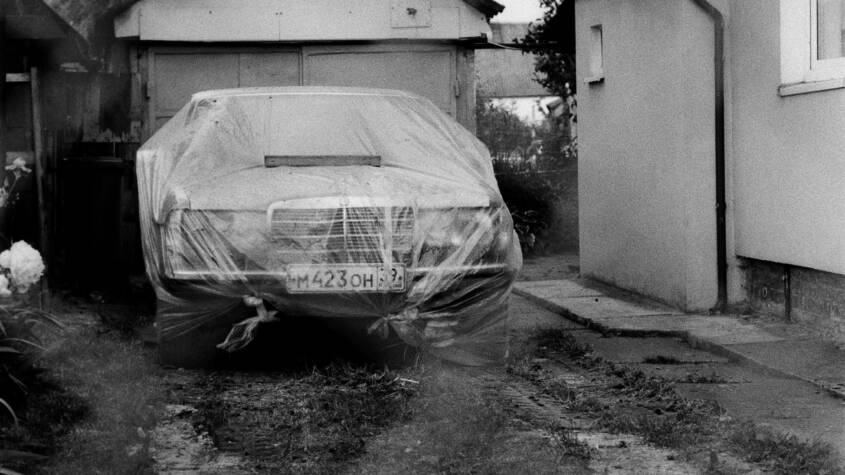
Ceramic coating car is becoming a popular choice among vehicle owners looking to protect their investment. This advanced protective layer offers significant benefits, including enhanced durability against scratches, UV damage, and environmental contaminants. Its hydrophobic properties make cleaning easier, allowing dirt and grime to slide off with minimal effort.
Many car enthusiasts and everyday drivers alike are turning to ceramic coatings as a long-term solution for maintaining their vehicle’s appearance. Unlike traditional wax or sealants, ceramic coatings bond with the paint, providing a more robust defense that can last for years. This technology not only protects the exterior but can also enhance the car’s shine and color depth.
Exploring the various types of ceramic coatings available and understanding their application process can empower car owners to make informed decisions. By knowing what to expect, they can enjoy the benefits of a flawless finish while extending the lifespan of their vehicle’s exterior.
What Is Ceramic Coating
Ceramic coating is a liquid polymer applied to a vehicle’s exterior surface. It chemically bonds with the factory paint, providing a layer of protection and enhancing the appearance.
Chemical Composition and Properties
Ceramic coatings are primarily composed of silicon dioxide (SiO2) and sometimes titanium dioxide (TiO2). These components create a strong, durable layer that is resistant to various environmental contaminants.
When applied, ceramic coating forms a covalent bond with the vehicle’s paint, making it more resilient than traditional wax or sealants. This bond allows the coating to withstand UV rays, temperature changes, and chemical exposure, further enhancing its protective qualities.
The thickness of the coating can vary, usually between 1 to 3 microns, depending on the product used. Proper application techniques play a crucial role in achieving optimal performance and durability.
Benefits of Ceramic Coating
Ceramic coating offers several advantages for vehicle owners. Firstly, it enhances the gloss and shine of the paint, making the vehicle look new for longer.
Another significant benefit is its hydrophobic properties, which repel water and dirt, reducing the need for frequent washing. When water beads off the surface, it minimizes contaminants sticking to the paint.
Additionally, ceramic coatings protect against scratches, swirl marks, and chemical stains. They can also help prevent oxidation, maintaining the vehicle’s appearance over time.
Investing in ceramic coating can lead to lower maintenance costs, making it a popular choice among car enthusiasts and everyday drivers alike.
Applying Ceramic Coating
Applying ceramic coating requires careful preparation, specific application techniques, and attention to curing conditions. Each step is crucial for achieving a durable and effective finish.
Preparation Process
Preparations begin with a thorough wash of the vehicle to remove dirt, grime, and contaminants. A pH-neutral car shampoo is ideal for this process. Following the wash, a clay bar treatment may be applied to eliminate embedded particles in the paint.
Next, inspection of the vehicle’s surface is essential. Any imperfections, such as scratches or swirls, should be corrected through polishing. This step ensures a smooth surface for the coating adhesion. After polishing, the surface should be wiped down with an isopropyl alcohol solution to remove oils and residues, promoting optimal bonding.
Application Techniques
When applying ceramic coating, using the right tools is vital. A foam applicator pad is commonly recommended for even distribution.
The application process should start on a small section of the vehicle, typically around 2×2 feet. The coating should be applied in straight lines, overlapping each stroke for consistent coverage.
After applying the coating, allow it to sit for a few minutes. Buffing the area gently with a microfibre cloth assists in achieving a smooth, glossy finish. This process should be repeated for the entire vehicle to ensure complete coverage.
Curing Time and Conditions
Curing time varies based on the specific product used, but it generally spans from 24 to 48 hours. During this period, the vehicle must be kept in a controlled environment, ideally at temperatures between 68°F and 75°F (20°C to 24°C).
Humidity levels should also be monitored, with a preference for lower humidity to facilitate proper curing. It is crucial to avoid washing the vehicle or exposing it to rain during this timeframe.
After the initial cure, the ceramic coating continues to harden and provide protection over several days. Users should be mindful that full durability may take up to two weeks.
Melbourne Resumes: Beat the Bots, Impress Humans, Land Your Dream Job
The Melbourne job market is a vibrant scene, buzzing with opportunity. But between you and…






